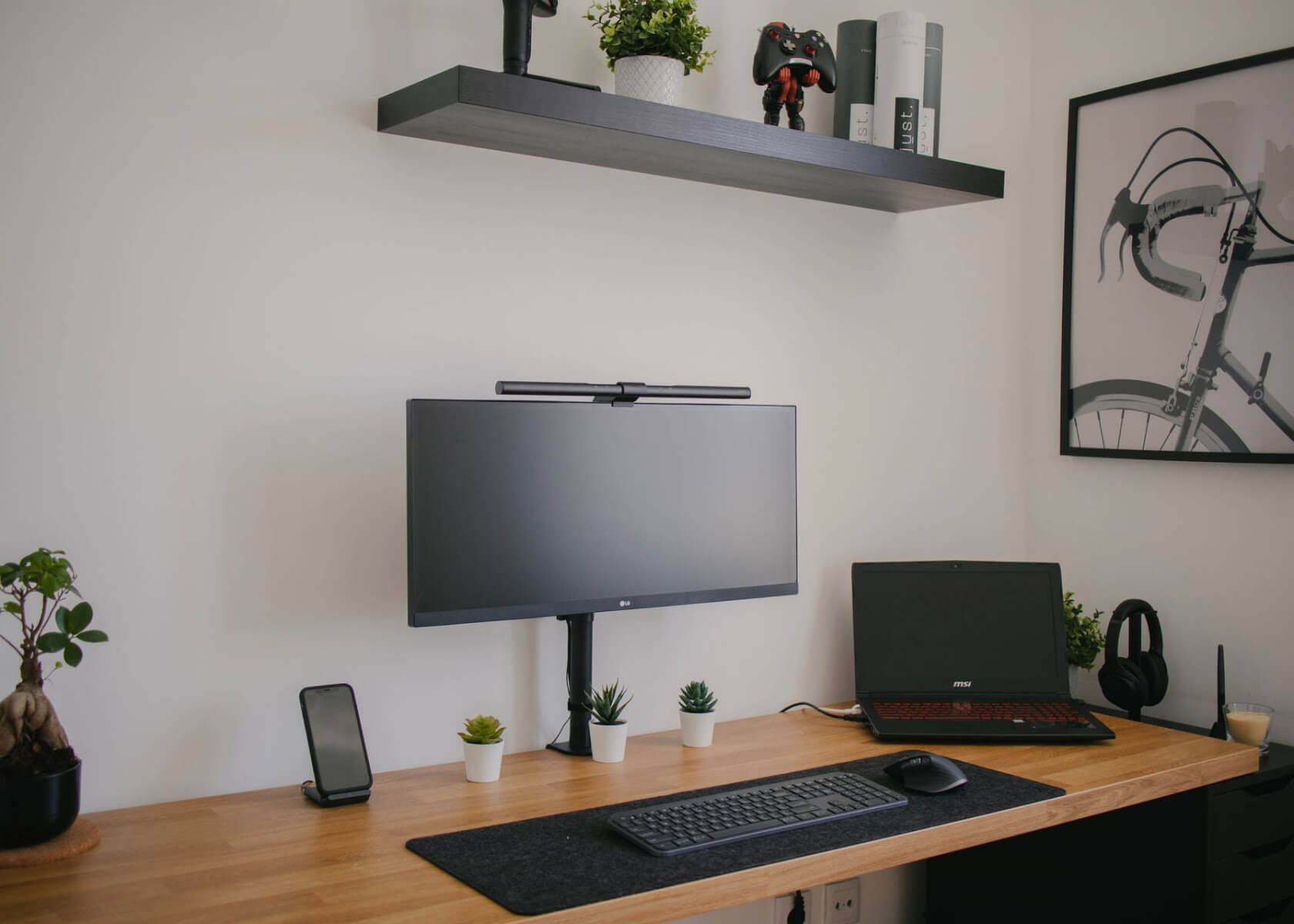Unlocking Notion's Free Features: A Comprehensive Guide for Maximizing Productivity

New to Notion?
How to Make the Most of Notion's Free Features
Notion has gained immense popularity as an all-in-one Productivity tool that helps individuals and teams stay organized and collaborate effectively. While Notion offers a paid subscription with advanced features, its free version still provides an impressive set of capabilities to boost productivity and streamline workflows. In this article, we explore how to leverage current Notion features and best practices using the free version.
1. Create a Personal Workspace
Upon signing up for Notion, you are greeted with a personal Workspace that serves as your digital hub. This space allows you to organize your thoughts, tasks, and documents in a clean and structured manner. Experiment with different layouts—such as lists, tables, and boards—to find the style that fits your workflow best. With recent updates, the free plan now supports unlimited blocks and generous sharing options, making your personal Workspace even more versatile.
2. Master the Use of Pages and Databases
Pages and databases lie at the heart of Notion. Pages function as individual documents for capturing ideas, taking notes, or maintaining to-do lists, while databases serve as dynamic collections with powerful sorting, filtering, and organizing capabilities. Use pages for everyday note-taking and brainstorming, and leverage databases to manage projects, track team activities, or set up a digital filing system. Notion’s enhanced database features—including improved filtering, relations, and linked databases—streamline how you connect and navigate different pieces of information.
3. Leverage Templates
Notion offers a vast collection of templates available from the sidebar. These templates cover a wide range of use cases—from meeting minutes and project trackers to goal setting and habit tracking. The pre-built structures can be easily customized to suit your needs, saving time and effort. Explore new community templates as well, since the library is continuously updated to reflect the latest productivity trends.
4. Integrate with Other Tools
Although the free version of Notion may not offer every deep native integration, you can easily connect your Workspace with other tools by embedding or linking content. For example, embed documents from Google Drive, designs from Figma, or boards from Trello directly into your pages. You can also create links to external resources to navigate seamlessly between apps and platforms. Additionally, Notion has introduced basic native integrations with tools like Slack and Google Calendar, further enhancing its collaborative potential.
5. Collaborate with Others
Notion is built to support collaboration, and its free plan makes it easy to work with others. Invite teammates to your Workspace, assign tasks, leave comments, and monitor progress on shared projects. With granular permission settings, you can control which pages or databases are accessible, ensuring sensitive information remains protected while fostering a collaborative environment. Recent updates have also improved real-time collaboration features, making it easier to work simultaneously with colleagues.
6. Utilize the Web Clipper Extension
The Notion Web Clipper is a powerful extension that allows you to save web pages, articles, and other online content directly to your Workspace. With features like highlighting, annotating, and organizing clipped content, the Web Clipper streamlines capturing valuable information as you browse. It is available for all major browsers, enabling you to collect content effortlessly wherever you are.
7. Take Advantage of Mobile Apps
Notion offers feature-rich mobile apps for both iOS and Android, ensuring you can access your Workspace anywhere. The mobile experience mirrors the desktop version, allowing you to view, edit, and add content seamlessly from your smartphone or tablet. Whether you’re in the office, at home, or on the go, you can maintain productivity without interruption.
8. Maximize the Power of Blocks
Blocks are the fundamental units in Notion, representing various content types such as text, images, checkboxes, files, and more. Experiment with using different blocks to create visually appealing and content-rich pages. Organize blocks within pages and databases to build flexible, customizable structures that adapt to your workflow. Recent improvements make block manipulation and customization more intuitive than ever.
9. Master Keyboard Shortcuts
Notion provides a wide range of keyboard shortcuts that can significantly enhance your efficiency. Learning and using shortcuts—like Ctrl + A to select all content—will help you navigate Notion swiftly, create content quickly, and streamline collaboration. Familiarize yourself with shortcuts for creating new pages, moving blocks, and formatting text to see an immediate boost in your productivity.
10. Stay Organized with Tags and Advanced Searching
The free version of Notion lets you create and use tags to categorize your content effectively. Consistent tagging across pages and databases makes it easier to filter and find relevant information. Beyond tags, Notion’s advanced search capabilities allow you to search for keywords, filter by tags, and narrow down results quickly so you always locate the information you need without hassle.
In conclusion, although the paid version of Notion offers advanced features and deeper integrations, the free version still provides a wealth of functionality to help you stay organized, streamline your workflow, and collaborate effectively. By leveraging these tips and techniques, you can unlock Notion's true potential as a productivity powerhouse—no matter which plan you choose.


